Auto Mechanic 101: Jargon to Know So You Don’t Get Ripped Off
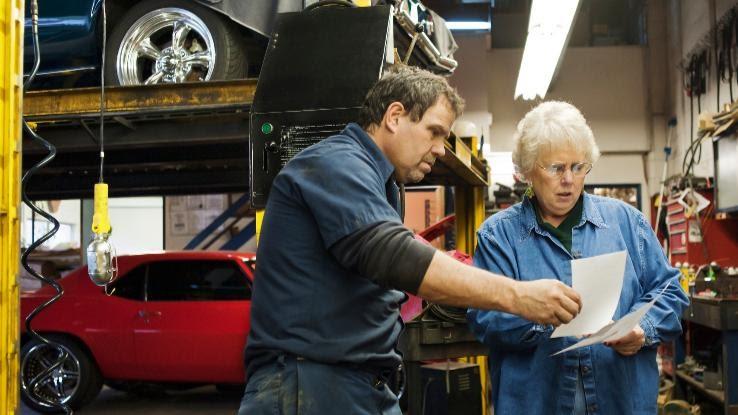
Cars are complicated pieces of machinery — more so today than ever before. Gone are the simple days when vehicle maintenance mostly consisted of adding some water to the radiator, changing the oil and adding air to your tires. New and constantly changing automotive technologies — much of it incorporating miniature computers — has turned conversations with auto mechanics into an alphabet soup of acronyms and sci-fi-like terminology that sounds completely fake.
Not understanding what your mechanic is trying to tell you could end up costing you unnecessary money. Take some time to empower yourself by learning the lingo, and you will be on your way to making smarter — and potentially less expensive — decisions about automobile maintenance.
Spongy Brakes
This is one of those phrases that just sounds awful, but you may have felt it before — hopefully not at a critical time. When a mechanic says your brakes are spongy, it means you have to push your brake pedal almost to the floor before it seems to have any effect.
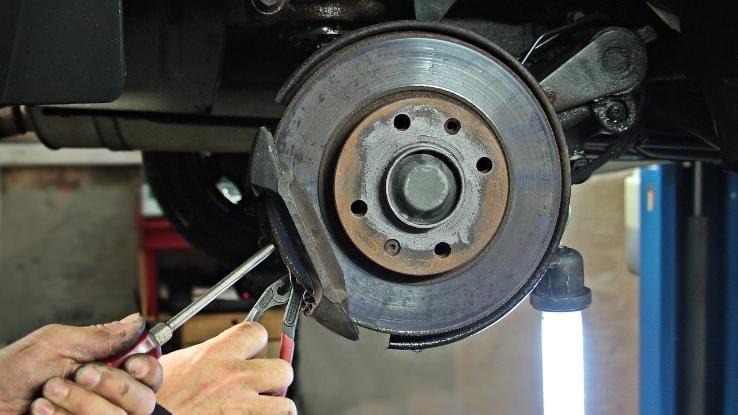
It can be disconcerting, but it’s not necessarily a huge problem to correct. Most of the time, it simply means your brake fluid is low. Checking the fluid and topping it off only takes a few minutes, and you can do it yourself. If that doesn’t correct the problem, get your brakes checked immediately.
Little End and Big End
You may hear your “little end is gone or going.” What the heck does that mean? Well, if you hear a sound like light knocking in your engine, it could be the bearing in the connecting rod attached to your piston is wearing away. That’s the “little end.”
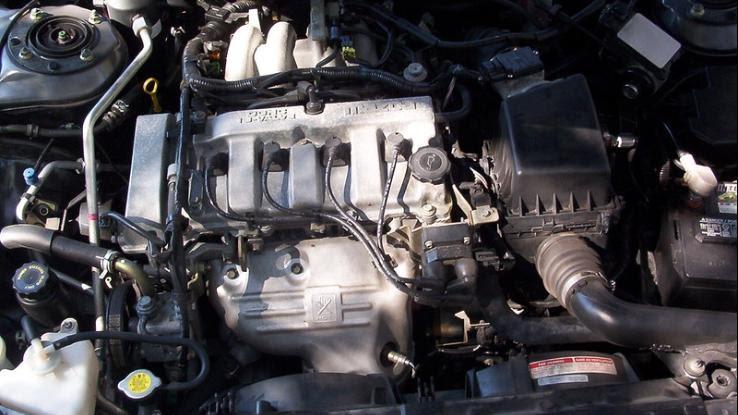
The “big end” is a large bearing inside your engine. The big end is a tough, round metal sleeve that doesn’t usually wear out. If it did, it could cause other damage as well, but it’s so unlikely that if your mechanic says you have little or big end problems, ask them to rule out other smaller causes of the symptoms.
Mayo Under the Oil Cap
First of all, let’s call a spade a spade. This is just disgusting, and anyone would be caught off guard if they heard it. Second, the odds of there being mayonnaise salad dressing anywhere near your engine are — fingers crossed — incredibly small. So, what gives?

Water vapor sometimes condenses under the oil cap in your engine. That water then mixes somewhat with engine oil, producing a build-up of a thick white residue that looks a bit like mayo. In more extreme cases, it could also indicate a significant problem, such as an issue with the head gasket. So, don’t ignore mayo — figure out the cause.
Bushes
Kate Bush. Sugarbush. Mulberry bush. We’re grasping at straws here. You may have no idea what your mechanic is referring to when she talks about your “bushes,” but it sounds questionable, to say the least.

Bushes are small parts made of rubber that attach to other parts on your suspension. They are perishable over down because rubber wears down. Mechanics usually replace them when other suspension work is being done, and they aren’t usually on bills unless a mechanic completely itemizes everything. Even then, the cost of the part is minimal. Having said that, labor costs to get to them when necessary can be high.
Excessive Play
“Play” doesn’t sound like anything that should be negative, right? In fact, “excessive play” sounds like it could be a lot of fun on the positive side or maybe like a type of penalty in a football or basketball game on the negative side. Is it legit?

Yes. Excessive play refers to “loose” steering, which is also an odd term itself. If your steering wheel turns more than an inch or so before you feel the car’s wheels move, that extra movement is called “play,” and it’s excessive. Solving it means checking out steering components. Not solving it means your vehicle’s steering won’t be as accurate as it needs to be for safe driving.
Master/Slave Cylinder
Your mechanic may or may not have some domination/submission issues, who’s to say? But that’s not what is in play when he refers to your vehicle’s master and/or slave cylinder. A master cylinder is an unnecessarily odd name for a hydraulic pump that creates hydraulic pressure within your engine. It controls — surprise! — the slave cylinder.
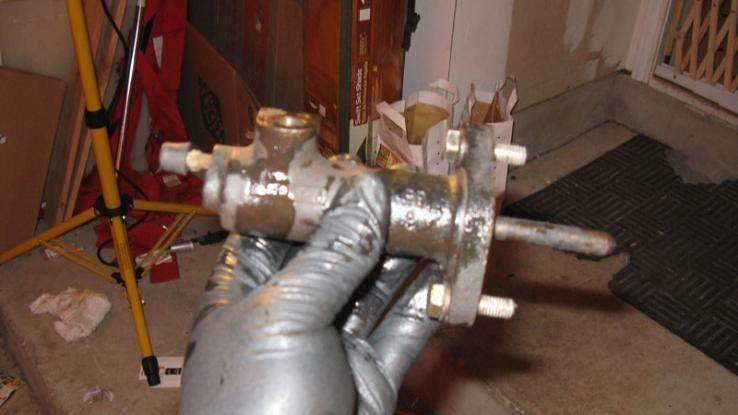
The slave cylinder is a part responsible for balancing fluid pressure as it is shortened or lengthened, depending on its interaction with other parts. Properly balanced fluid pressures are important to several systems, including your transmission and brakes.
Diagnostic Check
This one actually isn’t that complicated. We’re all familiar with getting a diagnosis when we go to the doctor, particularly if the doctor runs any tests. This term means something similar for your car.
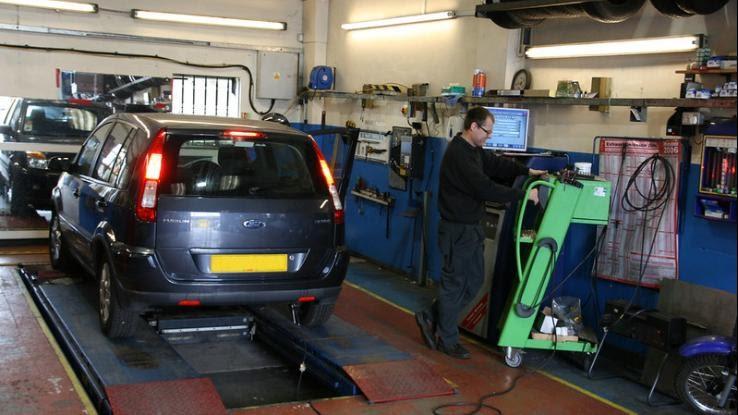
Diagnostic checks on your car are done almost entirely electronically these days. Mechanics connect a laptop or similar electronic equipment to your vehicle to test all the electronics, electrical connections, sensors and signals. Every potential fault in one of those systems reveals a code that suggests what the issues are. Diagnosis is often quick and cheap. Treatments and cures? Maybe not so much.
Tracking
If your mechanic tells you that your “tracking is out,” they are referring to your tire alignment. It’s obvious once you give it a bit of thought. It’s really important that your tires are all pointing in exactly the same direction.
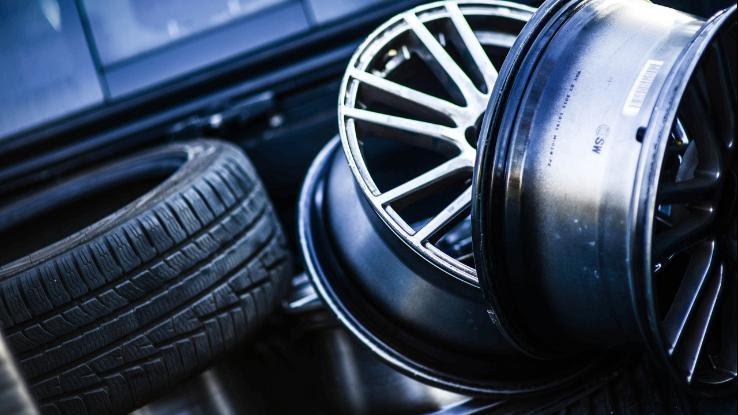
Tires that are not properly aligned can cause odd vibrations as you drive along. If you have to aim your steering wheel in a non-straight way to keep the car going straight, that is also a bad sign. Tire misalignment could be the issue, and this can wear down your tires. Every time you change or rotate your tires, be sure to have them aligned.
TPMS
Speaking of tires, have you noticed any messages from your TPMS (tire pressure monitoring system) lately? Today’s cars have a system that monitors the pressure in your tires and alerts you through a signal on your dash if tire pressure is low. It’s a no-news-is-good-news scenario.
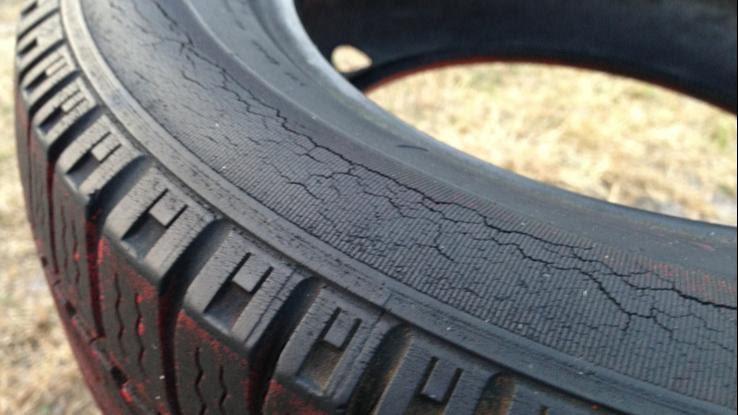
You should always keep an eye on your tire pressure, since improper inflation could affect everything from steering to fuel economy and braking distance. If your TPMS signals an issue, go to a service station to correct the tire pressure. If that doesn’t work, you will need a mechanic to identify the cause of the problem
Balancing
Your tires and wheels are sometimes not given the attention they need. Keep in mind that they are the four places where your vehicle actually makes contact with the road. Without them, where are you? Going nowhere fast.

Wheels need to be “balanced” every time you replace or repair a tire. Balancing eliminates vibration and prolongs the life of your tires. The mechanic will spin your wheels on a balancing machine and add small weights to the opposite edge of a wheel that has unbalanced weight. It’s not something you can generally do yourself, but it’s a straightforward — and generally inexpensive — part of your tire-changing and maintenance process.
Pull
Your mechanic might ask you if your car is “pulling” on you. If one or more of your tires is below optimal pressure or your tracking is off, the answer is probably “yes.” Pulling is that sensation you notice when you’re trying to drive straight, but your car wants to force you slightly off-course.

If you are experiencing pulling, it may be solved by something very simple like correcting your air pressure or getting your tires aligned properly. If those steps don’t solve the problem, you have other possible issues that could include a problem with the steering, which is a lot more complicated.
Turbo Lag
If your mechanic diagnoses “turbo lag,” you are probably driving an older car or one that has been tweaked. A V6 engine that has been boosted with a turbocharger to act like a V8 has gas from its exhaust compressed to be fed into its cylinders. This recycling of exhaust gases boosts the vehicle’s power.
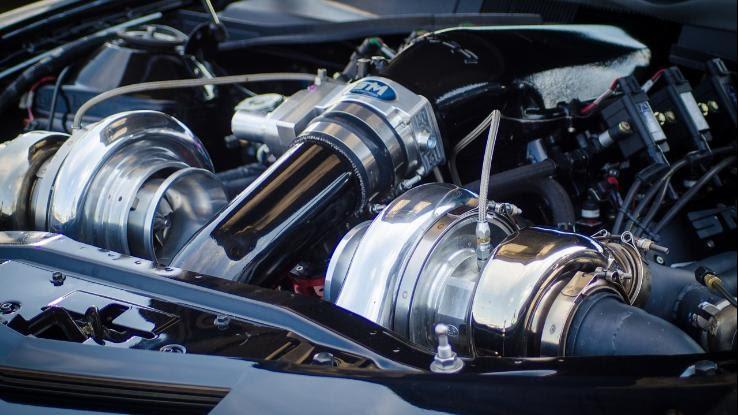
There’s a brief pause — or lag — before that power is delivered when you punch the pedal. It’s the nature of the beast. The good news is that modern turbo-charged cars don’t have much lag. If you’re having this problem and it bothers you, buy a newer turbocharged car. If you have a modern model, then this system should be evaluated.
LOF
If your first guess was that LOF referred to “laughing on floor,” then you have spent too much time texting and not enough time considering routine vehicle maintenance. LOF stands for “lube, oil and filter.”
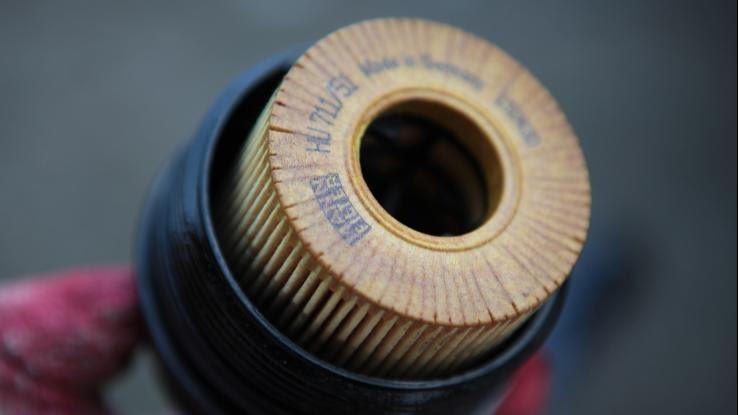
Every 3,000 miles — or every few months regardless of mileage — you should have your car’s oil drained and replaced with new oil that is appropriate for your engine. At the same time, the oil filter will be replaced, and the garage will likely do an inspection of belts, lights, fluids, air filters, tire pressure and more. This is routine maintenance that might save you from exceptional damage and expense later.
ABS
No, we’re not referring to “Absolutely!” Your mechanic’s references to ABS refer to your car’s “anti-lock braking system.” The ABS is a computerized system that is designed to stop the tires from locking up and your car from skidding, even when you brake particularly hard.
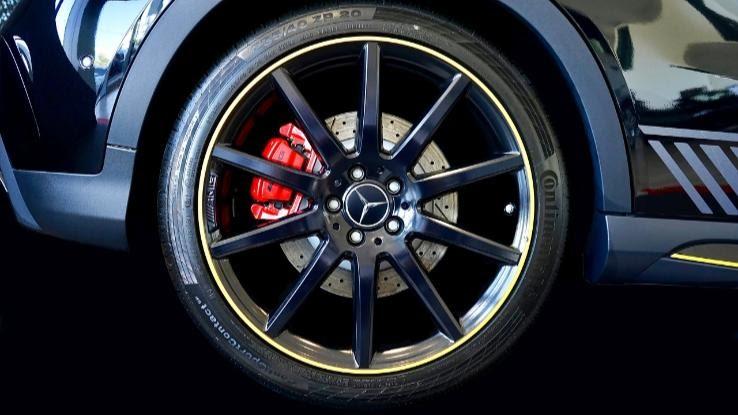
Basically, it modifies the pressure of the brake fluid, independent of the pressure you’re putting on the brake pedal to keep each wheel rotating at the rate necessary to keep your car under control and out of an uncontrolled slide or skid. That ABS warning light on your dash is not one to ignore.
CAN Bus
You would be forgiven for wondering if the mechanic had you confused with a school or transit-bus driver when he threw out this term. It’s far more likely the reference to your CAN Bus is about your car’s “controller area network.”

This is the car’s message system that connects all the vehicle’s sensors, so all the elements of the car can work effectively and safely together. It’s the way the engine tells the transmission how fast it’s going, for example, which affects what gear the car needs to be in. Cruise control’s ability to monitor your speed is another example. The days of pulleys and tackle are gone.
Ball Joints
How does one spinning metal part get another spinning metal part to spin if that second metal part is laying perpendicular to it? It’s not a riddle, but it does involve mechanical engineering. The solution is “ball joints.”
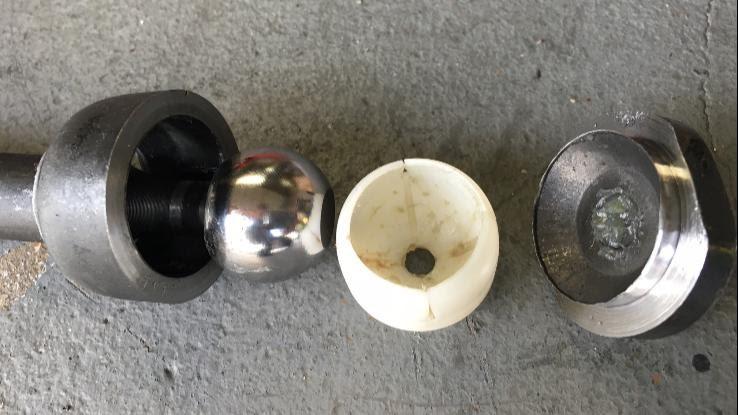
Ball joints are the movable joints in your car’s steering and suspension system. Here’s how Edmunds explains them. They “permit rotating movement in any direction between the parts that are joined.” Think of them as your shoulder or hip socket. When your mechanic mentions they need some attention, just remember how important your shoulders and hips are.
Aftermarket
“Aftermarket” parts are automotive parts that are manufactured by someone other than your car’s original manufacturer. Think Mopar. These parts are the equivalent of generic groceries — just as effective and often more economical. Home mechanics regularly purchase aftermarket parts for their own repairs and upgrades.
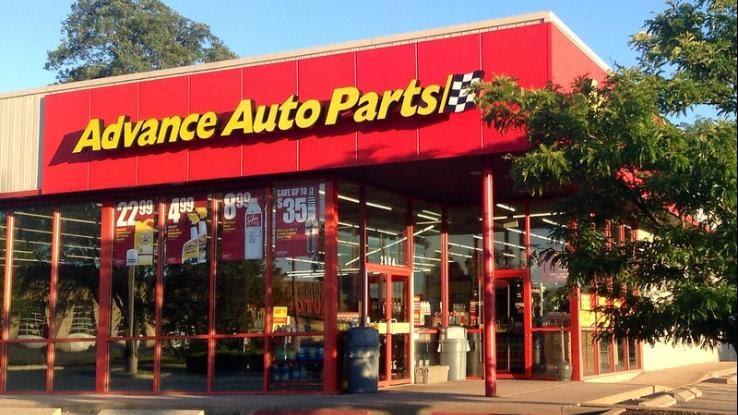
One thing to keep in mind is your car’s warranty and the warranty that comes on those parts. You want to know that those parts are protected and what it means to a part’s warranty if you — assuming you’re not a licensed mechanic — install it yourself. Also, will home repairs using aftermarket parts affect your manufacturer’s warranty?
OEM
In the automotive context, OEM is actually the opposite of the aftermarket. OEM stands for “original equipment manufacturer.” OEM parts are the original parts used to build your car as well as the replacement parts that are made by your car’s manufacturer.
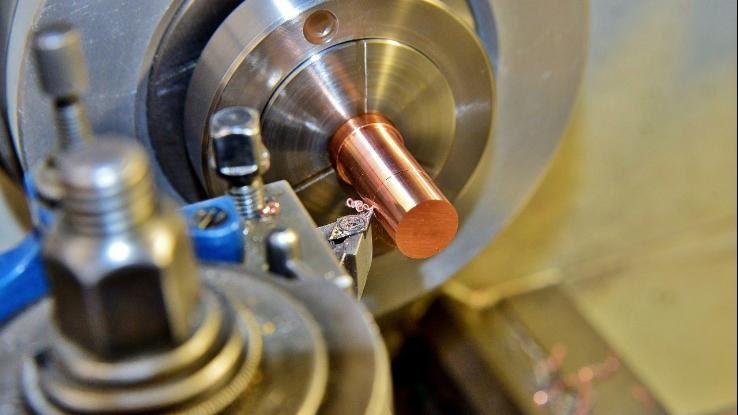
OEM parts are generally more expensive, but you should seriously consider using them if you drive a collectible car and want to maximize its value. Otherwise, the differences are minimal. One thing to note — if you’re getting repairs done that are paid for by insurance, most policies will only pay for aftermarket parts because they are less expensive.
Brake Master Cylinder
Somehow, the pressure you put on your brake pedal is converted to a squeezing effect on your car’s wheels when you want to slow down. How does that happen? At the heart of your car’s braking system is the Brake Master Cylinder.
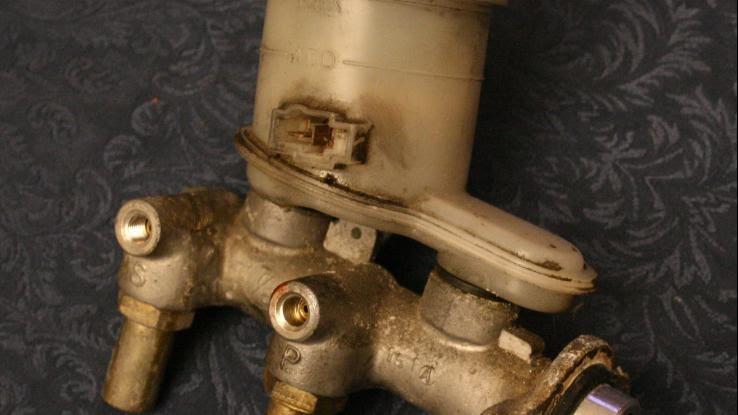
Its job is to convert the pressure you exert with your foot into hydraulic pressure that activates the brakes at each wheel. There’s no direct cable between your foot and the wheel. Your car is not a bicycle. The brake fluid links the pistons in the Brake Master Cylinder to the brake calipers and cylinders at each wheel.
Hesitation
Hesitation is the not-necessarily-turbo-related cousin to turbo lag. Ever stepped on the accelerator pedal and — instead of instant G-forces — experienced a jerking sensation or a misfire? It can feel like a bit of a stumble or a lurch. That’s hesitation.

That lack of instant accelerator response is caused by many different things: dirty spark plugs, a vacuum leak, gummed up fuel injectors or even low fuel pressure. The combination of air and fuel in your engine is sub-optimal. To determine the source of your car’s hesitation, your mechanic will likely run a set of diagnostics.
Catalytic Converter
Nope, it’s not an episode of Star Trek or Battlestar Galactica, and it’s not a character in Transformers — good name idea, though. The catalytic converter is an element of your car’s exhaust system. It’s an emission control device that reduces toxic emissions by generating an oxidation and reduction reaction.
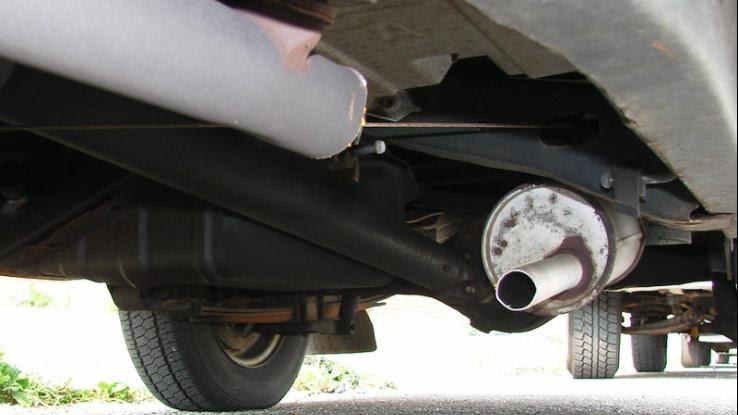
A clogged converter can cause your engine to be sluggish, to hesitate or not even run at all. Converters can overheat if an oxygen sensor fails or if the engine allows too much unburned gas due to a bad spark plug or exhaust valve.
DPF
You might also hear this one referred to as a “soot trap.” If you hear either DPF or soot trap, you may be driving a truck or heavy-duty vehicle. You are certainly driving a diesel. A DPF is a “diesel particulate filter,” and they have been mandatory in all diesel cars since 2009.
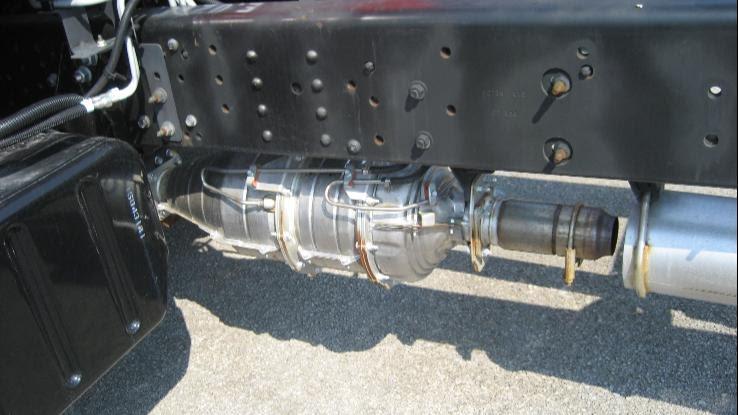
The DPF captures exhaust soot to prevent it from being emitted. It does this by passing the exhaust through a ceramic wall flow filter. The soot particles are trapped on or in the filter wall. They can get filled up and occasionally need to be emptied or burned off.
CV Joints
“Constant velocity joints” are found at each end of your car’s drive axles. Their job is to transfer power generated by the engine to the wheels while allowing you to control the steering and the car to control the ride (via the suspension), all at the same time. All power without any control would be a recipe for disaster.
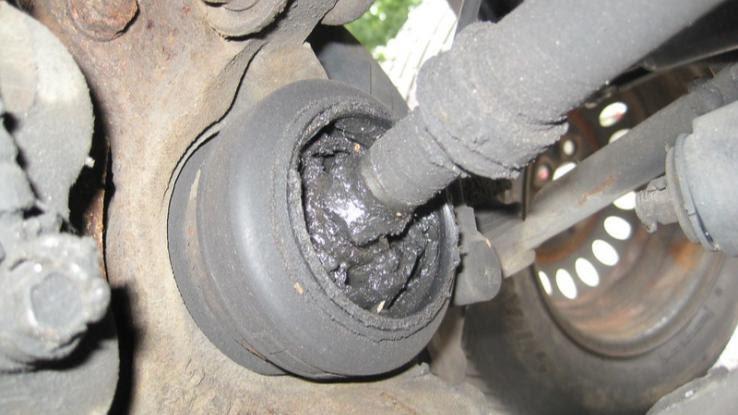
Those black rubber boots that look like accordions at the end of your axles? Those aren’t the CV joints, but they do surround and protect the CV joints. They also contain lubrication to keep them moving freely.
HVAC
HVAC stands for “heating, ventilation and air conditioning.” Your car’s heater is a mini-radiator sometimes called a heater core. A fan in front of the core blows air over the fins. That heated air, controlled by a thermostat, then finds its way out of your vents. The core can become clogged or even leak and fill your car with steam.
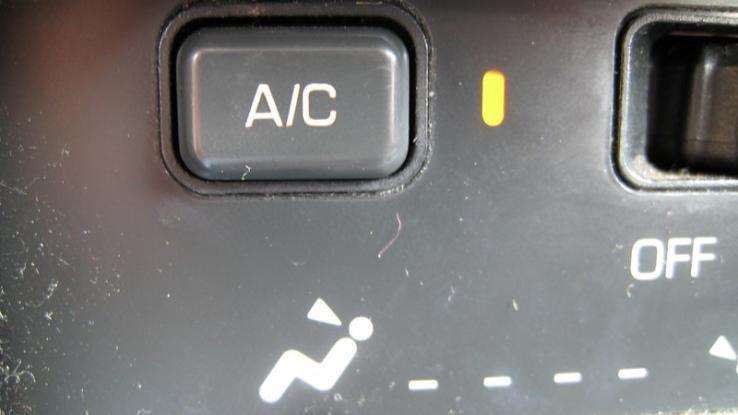
The air conditioner consists of a compressor, condenser, expansion valve and evaporator. A/C systems sometimes need to be recharged. Older systems with R-12 Freon may need to be retrofitted to use new R-134 Freon to satisfy Environmental Protection Agency regulations.
Alternator
The alternator charges your car’s battery and supplies electrical power to all the electronics in the car while your car is running. In theory, it’s what prevents your battery from draining while you drive. The alternator constantly recharges the battery while the engine is running.
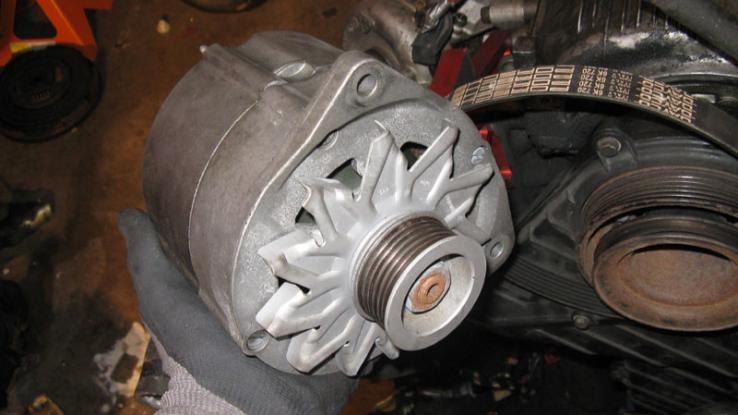
If your alternator isn’t working properly, your battery will drain quickly. You can often still drive for a while on a bad alternator, but the electrical systems will gradually stop working. If lights and sound dim and fade, and you have a dead battery after turning your car off, you have an alternator problem.
Mid-Engine
Mid-engine refers to the layout of your car’s chassis and engine. You might think the engine sits in front of the front axle, but, actually, if you look from the side (or imagine stripping away the body), you realize the engine and the car’s center of gravity sit somewhere between the front and rear axles.
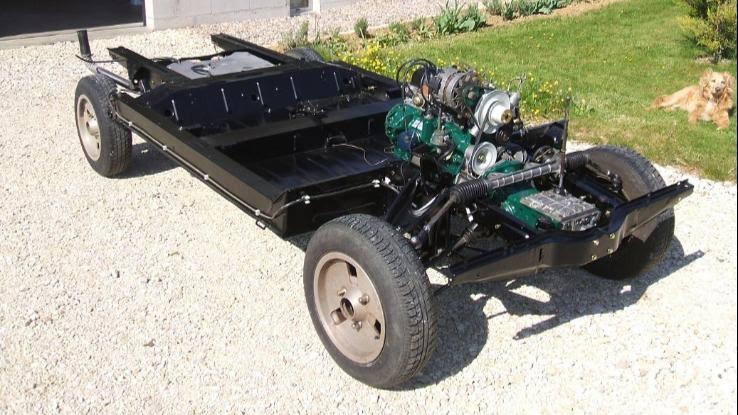
There are different powertrain layouts that affect power and handling, and it also depends on whether the car is two-wheel drive, four-wheel drive, front-wheel drive or rear-wheel drive. Sports and racing cars may have different power train layouts than minivans.
Oversteer and Understeer
How sensitive is your steering? Does it overreact or under-react? “Oversteer” is when your car turns more than you ask it to when you turn the steering wheel. Conversely, “understeer” is when your car steers less than you direct from the driver’s seat.

Oversteer happens when the rear tires lose traction in a corner before the front tires do. Understeer occurs when the front tires lose grip first. You have probably heard these events referred to as other names — fishtailing and skids. Remember to always turn in the direction of a skid!
Regenerative Braking
Regenerative braking is the most new-fangled entry on this list, and it relates exclusively to hybrid and electric vehicles. Regenerative braking uses the motor as a generator to convert the loss of kinetic energy (slowing down) into stored energy in the battery. (It’s physics!)

It helps to keep the battery topped up as much as possible, which is important in all vehicles but especially important for vehicles that rely solely on that battery for power. As new age as it may seem, regenerative braking was actually invented in 1996 by the Sprague Electric Railway and Motor Company.
Timing Belt
References to timing belts, timing chains and cambelts are all referring to the same thing: the belt or chain that links up and synchronizes the crankshaft and camshaft rotations. Synchronicity is important to make sure that the valves open and close at the right time to accommodate each cylinder’s intake and exhaust strokes.
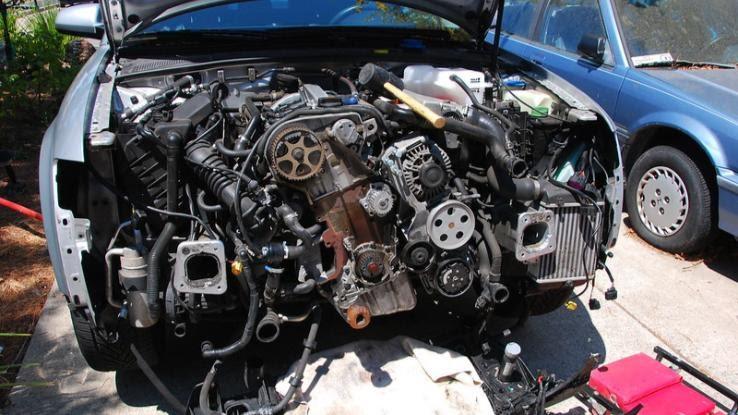
Some symptoms of a failing timing belt are a ticking noise from the engine, the engine won’t turn over or misfires and oil leaks from the front of the motor. If it breaks, the engine stops because the intake, combustion, power and exhaust sequences are pushed out of proper sequence.
RPM
No, you didn’t mishear your mechanic. They weren’t waxing poetic about the musical stylings of Georgia’s rock band R.E.M. When referring to RPMs, it’s all about revolutions per minute. RPMs measure how many times the engine’s crankshaft spins — and how many times each piston completes a cycle in its cylinder — every 60 seconds.

Many instrument panels display RPMs along with MPH. That’s because there is a direct correlation between horsepower, RPMs, torque, gear and speed. Automatic transmissions generally have all this under control electronically. Manual transmissions are a different story. Long story short — don’t exceed that red line on your RPMs!





